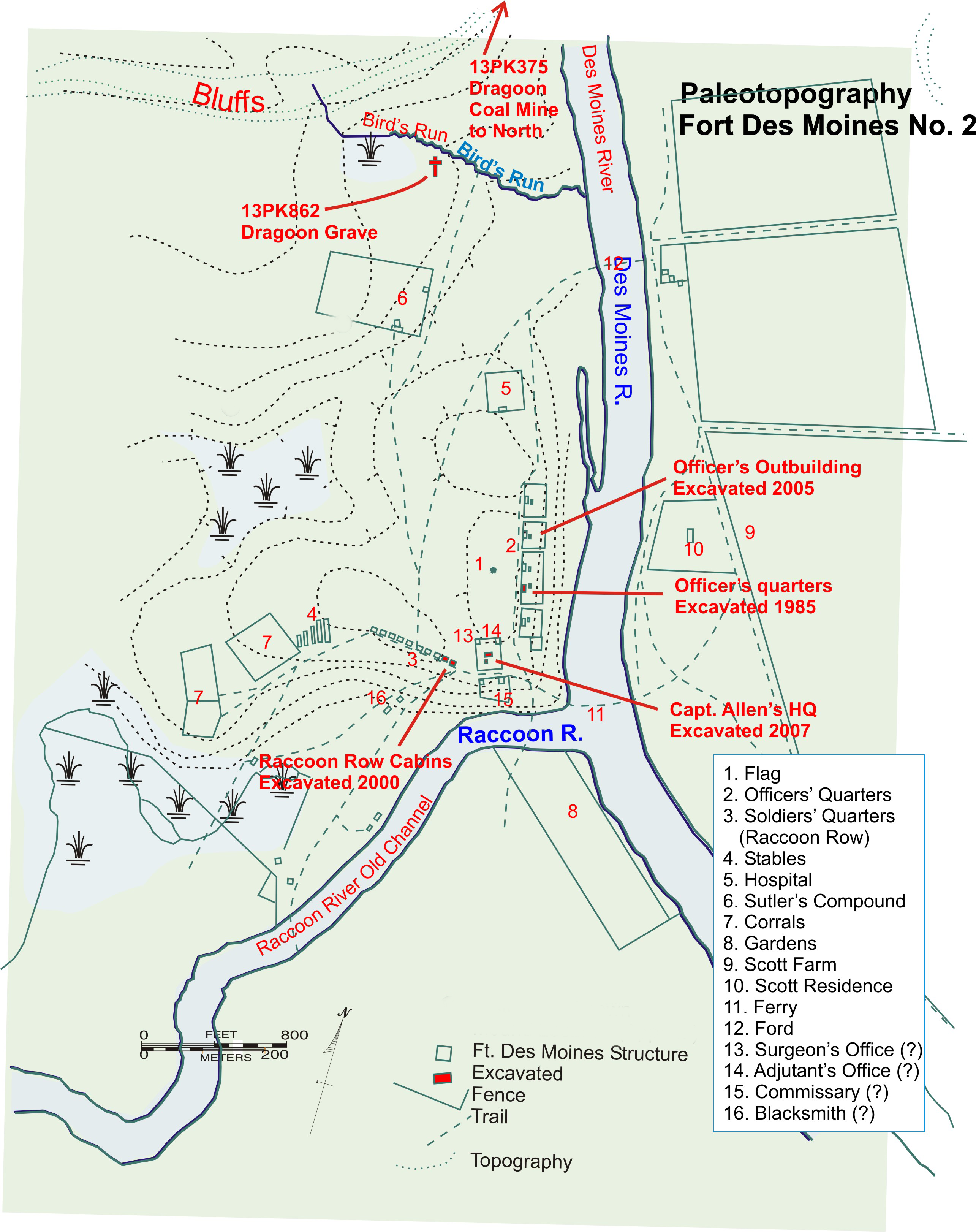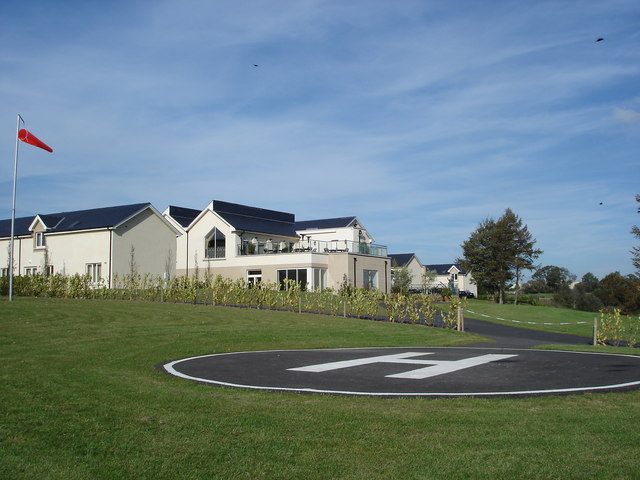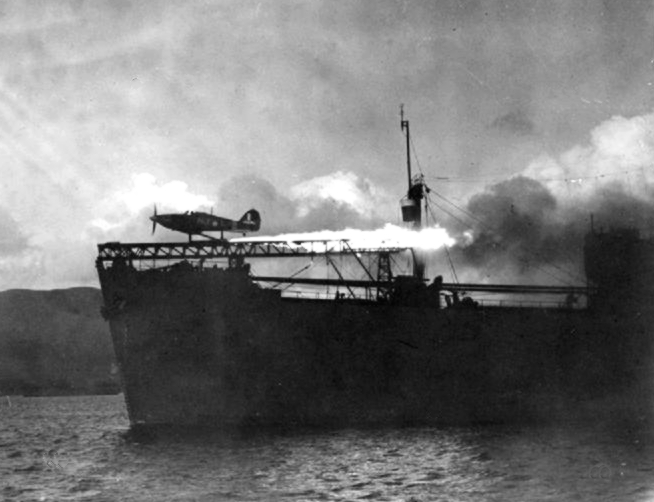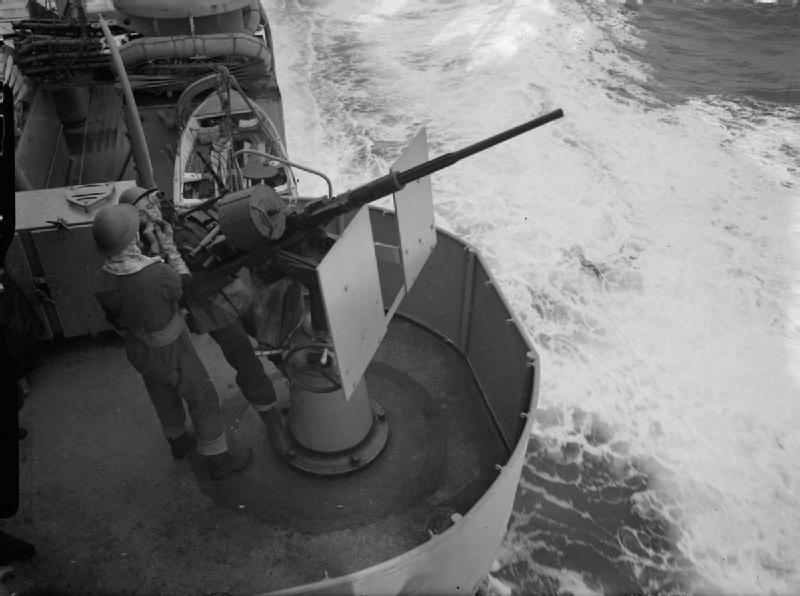|
USS Des Moines (CA-134)
USS ''Des Moines'' (CA-134) was the lead ship of the Des Moines-class cruiser, class of United States Navy (USN) heavy cruisers. She was the first USN ship to mount the autoloader, auto-loading 8-inch (203 mm) 8-inch/55-caliber gun#Mark_16, Mark 16 guns, the first large-caliber auto-loading guns in the world. She was the second ship of the USN to be commissioned with the name of the Des Moines, Iowa, city of Des Moines, capital of Iowa. Launched 1946, she was commissioned in 1948. She saw duty around the world until her decommissioning in 1961 when she was permanently mothballed. A 1981 survey was done to determine if she was worthy of reactivation for the 600-ship Navy, but the cost was too great so she remained in the reserve. She was struck from the Naval Vessel Register in 1993, which was followed by a campaign to turn her into a museum ship. The campaign failed, and in 2005 she was sold for scrapping, and she was broken up by July 7. Parts of the ship have been donated ... [...More Info...] [...Related Items...] OR: [Wikipedia] [Google] [Baidu] |
Des Moines, Iowa
Des Moines is the List of capitals in the United States, capital and List of cities in Iowa, most populous city in the U.S. state of Iowa. It is the county seat of Polk County, Iowa, Polk County with parts extending into Warren County, Iowa, Warren County. It is named after the Des Moines River, likely derived from the French "Rivière des Moines" meaning "River of the Monks." The city was incorporated in 1851 as Fort Des Moines and shortened to "Des Moines" in 1857. Its population was 214,133 at the 2020 United States census, 2020 census. The Des Moines metropolitan area, covering six counties, is the Metropolitan statistical area, 81st largest metropolitan area in the U.S. with about 750,000 residents, and is the largest metropolitan area entirely in Iowa. Des Moines is a major center of the United States insurance industry and has a sizable financial services and publishing business base. The city is the headquarters for the Principal Financial Group and Wellmark Blue Cross B ... [...More Info...] [...Related Items...] OR: [Wikipedia] [Google] [Baidu] |
United States Navy
The United States Navy (USN) is the naval warfare, maritime military branch, service branch of the United States Department of Defense. It is the world's most powerful navy with the largest Displacement (ship), displacement, at 4.5 million tons in 2021. It has the world's largest aircraft carrier fleet, with List of aircraft carriers in service, eleven in service, one undergoing trials, two new carriers under construction, and six other carriers planned as of 2024. With 336,978 personnel on active duty and 101,583 in the Ready Reserve, the U.S. Navy is the third largest of the United States military service branches in terms of personnel. It has 299 deployable combat vessels and about 4,012 operational aircraft as of 18 July 2023. The U.S. Navy is one of six United States Armed Forces, armed forces of the United States and one of eight uniformed services of the United States. The United States Navy traces its origins to the Continental Navy, which was established during ... [...More Info...] [...Related Items...] OR: [Wikipedia] [Google] [Baidu] |
Des Moines-class Cruiser
The ''Des Moines''-class cruisers were a trio of U.S. Navy (USN) heavy cruisers commissioned in 1948 and 1949. Largely based on the earlier heavy cruisers, the ''Des Moines''-class featured improved torpedo protection and heavier anti-aircraft armament. Relatively well- armored and protected, the class was unique in that it mounted nine of the world’s first auto-loading large-caliber guns, the 8-inch (203 mm) Mark 16 guns. These guns enabled ''Des Moines''-class cruisers to fire two to three times faster than earlier 8 in guns with each barrel capable of 8-10 rounds per minute. They were the last of the “all-gun” heavy cruisers (with the representing the final "all-gun" light cruisers) and were exceeded in size within the USN only by the " large cruisers" that straddled the line between heavy cruisers and battlecruisers. and were decommissioned by 1961 but served until 1975. ''Salem'' is a museum ship in Quincy, Massachusetts (near Salem, Massachusett ... [...More Info...] [...Related Items...] OR: [Wikipedia] [Google] [Baidu] |
Lead Ship
The lead ship, name ship, or class leader is the first of a series or class of ships that are all constructed according to the same general design. The term is applicable to naval ships and large civilian vessels. Large ships are very complex and may take five to ten years to build. Improvements based on experience with building and operating the lead ship are likely to be incorporated into the design or construction of later ships in the class, so it is rare to have vessels that are identical. The second and later ships are often started before the first one is completed, launched and tested. Nevertheless, building copies is still more efficient and cost effective than building prototypes, and the lead ship will usually be followed by copies with some improvements rather than radically different versions. The improvements will sometimes be retrofitted to the lead ship. Occasionally, the lead ship will be launched and commissioned for shakedown testing before following ship ... [...More Info...] [...Related Items...] OR: [Wikipedia] [Google] [Baidu] |
Lifeboat (shipboard)
A lifeboat or liferaft is a small, rigid or inflatable boat carried for emergency evacuation in the event of a disaster aboard a ship. Lifeboat drills are required by law on larger commercial ships. Rafts (raft, liferafts) are also used. In the military, a lifeboat may double as a whaleboat, dinghy, or Captain's gig, gig. The ship's tenders of cruise ships often double as lifeboats. Recreational sailors usually carry inflatable liferafts, though a few prefer small proactive lifeboats that are harder to sink and can be sailed to safety. Inflatable lifeboats may be equipped with auto-inflation (carbon dioxide or nitrogen) canisters or mechanical pumps. A quick release and pressure release mechanism is fitted on ships so that the canister or pump automatically inflates the lifeboat, and the lifeboat breaks free of the sinking vessel. Commercial aircraft are also required to carry auto-inflating liferafts in case of an emergency water landing; offshore oil platforms also have life ... [...More Info...] [...Related Items...] OR: [Wikipedia] [Google] [Baidu] |
Helipad
A helipad is the landing area of a heliport, in use by helicopters, powered lift, and vertical lift aircraft to land on surface. While helicopters and powered lift aircraft are able to operate on a variety of relatively flat surfaces, a fabricated helipad provides a clearly marked hard surface away from obstacles where such aircraft can land safely. Larger helipads, intended for use by helicopters and other vertical take-off and landing (VTOL) aircraft, may be called ''vertiports.'' An example is Vertiport Chicago, which opened in 2015. Usage Helipads may be located at a heliport or airport where fuel, air traffic control and service facilities for aircraft are available. Most helipads are located away from populated areas due to sounds, winds, space and cost constraints. Some skyscrapers have one on their roofs to accommodate air taxi services. Some basic helipads are built on top of highrise buildings for evacuation in case of a major fire outbreak. Major police de ... [...More Info...] [...Related Items...] OR: [Wikipedia] [Google] [Baidu] |
Aircraft Catapult
An aircraft catapult is a device used to help fixed-wing aircraft gain enough airspeed and lift for takeoff from a limited distance, typically from the deck of a ship. They are usually used on aircraft carrier flight decks as a form of assisted takeoff, but can also be installed on land-based runways, although this is rare. The catapult used on aircraft carriers consists of a track or slot built into the flight deck, below which is a large piston or ''shuttle'' that is attached through the track to the nose gear of the aircraft, or in some cases a wire rope, called a catapult bridle, is attached to the aircraft and the catapult shuttle. Other forms have been used historically, such as mounting a launching cart holding a seaplane on a long girder-built structure mounted on the deck of a warship or merchant ship, but most catapults share a similar sliding track concept. Different means have been used to propel the catapult, such as weight and derrick, gunpowder, flywheel, co ... [...More Info...] [...Related Items...] OR: [Wikipedia] [Google] [Baidu] |
Oerlikon 20 Mm Cannon
The Oerlikon 20 mm cannon is a series of autocannons based on an original German Becker Type M2 20 mm cannon design that appeared very early in World War I. It was widely produced by Oerlikon Contraves and others, with various models employed by both Allied and Axis forces during World War II. Many versions of the cannon are still used. Blowback-operated models History Origins During World War I, the German industrialist Reinhold Becker developed a 20 mm caliber cannon, known now as the 20 mm Becker using the advanced primer ignition blowback (API blowback) method of operation. This used a 20×70mmRB cartridge and had a cyclic rate of fire of 300 rpm. It was used on a limited scale as an aircraft gun on ''Luftstreitkräfte'' warplanes, and an anti-aircraft gun towards the end of that war. Because the Treaty of Versailles banned further production of such weapons in Germany, the patents and design works were transferred in 1919 to the Swiss firm SEMAG (''Seebach M ... [...More Info...] [...Related Items...] OR: [Wikipedia] [Google] [Baidu] |
3-inch/50-caliber Gun
The 3-inch/50-caliber gun (spoken "three-inch fifty-caliber") in United States naval gun terminology indicates the gun fired a projectile in diameter, and the barrel was 50 calibers long (barrel length is 3 in × 50 = ). Different guns (identified by Mark numbers) of this caliber were used by the U.S. Navy and U.S. Coast Guard from 1900 through to 1990 on a variety of combatant and transport ship classes. The gun is still in use with the Spanish Navy on ''Serviola''-class patrol boats. Early low-angle guns The US Navy's first 3 inch /50-caliber gun (Mark 2) was an early model with a projectile velocity of per second. Low-angle (single-purpose/non-anti-aircraft) mountings for this gun had a range of 7000 yards at the maximum elevation of 15 degrees. The gun entered service around 1900 with the s, and was also fitted to s. By World War II these guns were found only on a few Coast Guard cutters and Defensively Equipped Merchant Ships. Low-angle 3 inch/50-caliber guns ... [...More Info...] [...Related Items...] OR: [Wikipedia] [Google] [Baidu] |
5-inch/38-caliber Gun
The Mark 12 5"/38-caliber gun was a United States dual-purpose naval gun, but also installed in single-purpose mounts on a handful of ships. The 38-caliber barrel was a mid-length compromise between the previous United States standard 5"/51 low-angle gun and 5"/25 anti-aircraft gun. United States naval gun terminology indicates the gun fired a projectile in diameter, and the barrel was 38 calibers long. The increased barrel length provided greatly improved performance in both anti-aircraft and anti-surface roles compared to the 5"/25 gun. However, except for the barrel length and the use of semi-fixed ammunition, the 5"/38 gun was derived from the 5"/25 gun. Both weapons had power ramming, which enabled rapid fire at high angles against aircraft. The 5"/38 entered service on , commissioned in 1934, the first new destroyer design since the last ''Clemson'' was built in 1922. The base ring mount, which improved the effective rate of fire, entered service on , commissioned ... [...More Info...] [...Related Items...] OR: [Wikipedia] [Google] [Baidu] |
8-inch/55-caliber Gun
The 8"/55 caliber gun (spoken "eight-inch-fifty-five-caliber") formed the main battery of United States Navy heavy cruisers and two early aircraft carriers. United States naval gun terminology indicates the gun barrel had an internal diameter of 8 inches (203 mm), and the barrel was 55 calibers long (barrel length is 8 inch × 55 = 440 inches or 36.6 feet or 11 meters). Mark 9 These built-up guns weighed about 30 tons including a liner, tube, jacket, and five hoops. A down-swing Welin breech block was closed by compressed air from the gas ejector system. Loading with two silk bags each containing of smokeless powder gave a projectile a velocity of 2800 feet per second (853 m/s). Range was 18 miles at the maximum elevation of 41 degrees. Mark 12 These simplified built-up guns eliminated hoops to reduce weight to 17 tons. The breech mechanism was similar and loading two silk bags each containing 43 pounds (20 kg) of smokeless powder gave a 335-pound (152&nb ... [...More Info...] [...Related Items...] OR: [Wikipedia] [Google] [Baidu] |





